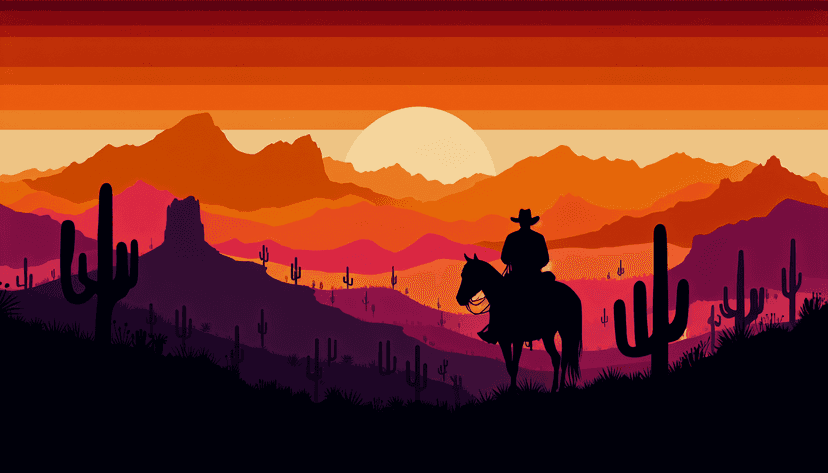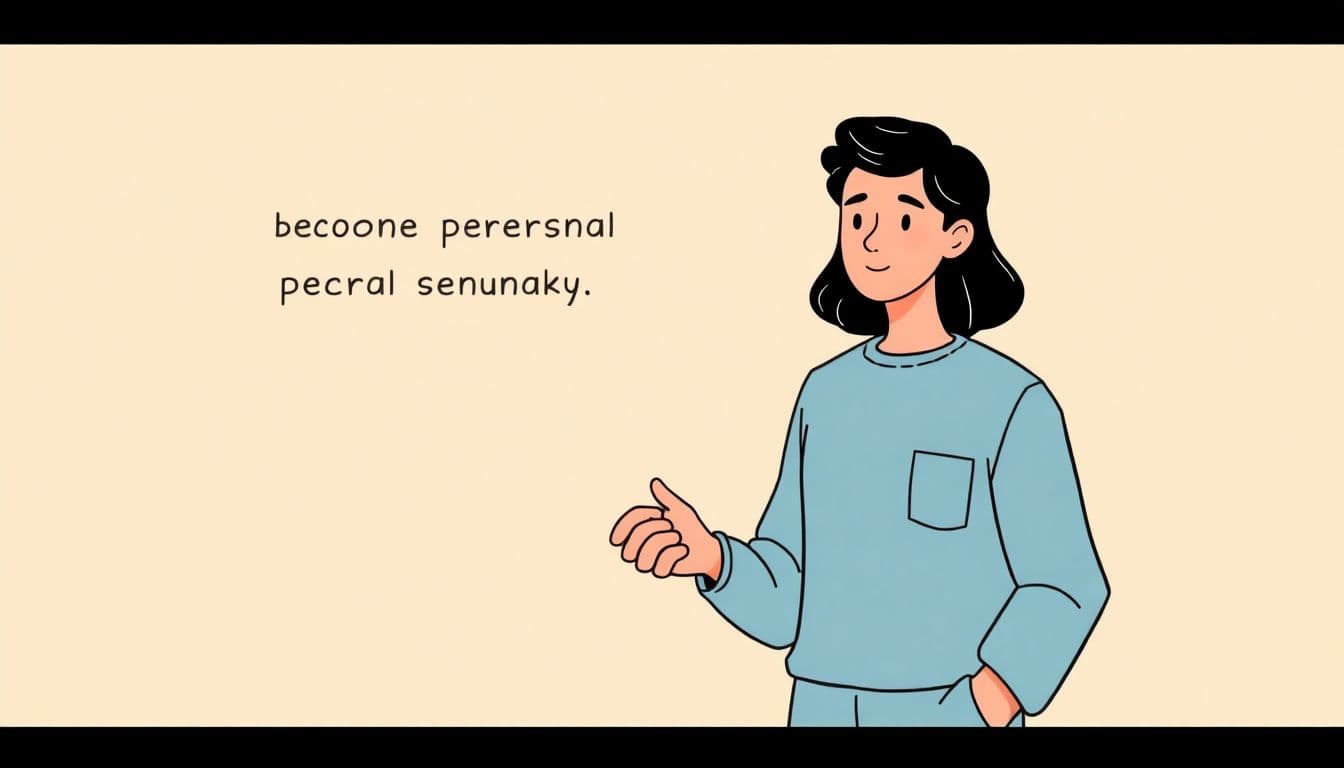Table of Contents
Writing a Western novel can feel like trying to ride a wild stallion—exciting but a bit daunting too. You might be wondering how to capture the essence of the Old West while creating a story that stands out. It’s totally normal to feel a little lost in this expansive genre filled with cowboys, outlaws, and vast landscapes.
But don’t worry! If you hang on for a moment, I’m here to share some tips that will guide you in crafting a gripping Western tale. By understanding the key elements—from setting to characters to dialogue—you’ll find the path to write your own unforgettable story.
Let’s saddle up and explore how to build your narrative step-by-step. We’ll cover everything from creating a genuine setting to ensuring your characters leap off the page, making your readers feel like they’re right in the heart of the Wild West. Ready? Let’s ride!
Key Takeaways
- Immerse yourself in classic Western literature to understand genre elements.
- Create a realistic 19th-century setting; research geography and social dynamics.
- Develop strong characters with clear goals, flaws, and engaging backstories.
- Incorporate meaningful themes like good vs. evil and resilience.
- Craft a captivating plot with strong conflict and layered subplots.
- Use authentic dialogue that reflects character background and era.
- Conduct thorough research to accurately depict the Old West.
- Set manageable writing goals, seek feedback, and embrace the editing process.

1. Write a Compelling Western Novel
When it comes to writing a Western novel, the key is to capture the essence of the Old West while weaving a story that resonates with readers. Start by immersing yourself in classic Western literature, such as works by authors like Louis L’Amour or Zane Grey, to understand the elements that define the genre.
Think about what intrigues you about the West: Is it the rugged landscapes, the clash between civilization and wilderness, or the moral complexities of frontier life? Use these interests as a foundation for your story. Incorporate classic elements like cowboys, outlaws, and sheriffs, but also consider bringing a fresh perspective to these archetypes.
Outline your main ideas from beginning to end, focusing on the central conflict that drives your narrative. Remember, engaging storytelling in Western novels often blends action and emotion, so don’t shy away from exploring your characters’ internal struggles while they navigate the challenges of their external world.
2. Create a Realistic Setting and World
A convincing setting is crucial in a Western novel because it not only anchors the story but also immerses readers in that rugged, untamed world. Set your story against the backdrop of the American West during the 19th century, specifically around the years 1865 to 1895, to stay true to the genre.
Take time to research geographical features like deserts, rivers, and mountain ranges that were prevalent during this period. This gives your writing authenticity and texture. Consider using historical facts about towns, railroads, and mining camps to enrich the texture of your narrative. Websites loaded with historical data can be your best friends.
Don’t forget to create the social dynamics of your setting. How does lawlessness shape the community? What tensions exist between different groups, whether that be cowboys and Native Americans, settlers and outlaws, or townsfolk and ranchers? The social fabric of your story will add depth and realism.
3. Develop Strong Characters
Great characters can make or break a Western novel. Start with a solid protagonist who has clear goals, desires, and flaws. Maybe they are a well-intentioned cowboy struggling against their past choices, or perhaps they are a determined woman trying to carve out a life in a man’s world.
Also, think about the antagonist—someone who poses a credible threat to your protagonist’s goals. This could be a ruthless outlaw, a corrupt sheriff, or even the harsh environment itself. Create a backstory that explains their motives and adds layers to their character.
Support your main characters with a strong cast of supporting roles that can bring different perspectives and conflicts to the table. Write them in a way that engages readers’ emotions. You might include a mentor figure who imparts wisdom or a sidekick who adds comic relief.

4. Build Engaging Themes
Themes are what give your Western novel substance. A common theme in Westerns is the struggle between good and evil. You can explore morality and choices through your characters’ actions in a lawless land.
Another rich theme is the pursuit of the American Dream. Many characters fight for their place and freedom in the vast and often unforgiving landscape of the West.
Don’t forget about resilience and survival. These are prevalent themes as characters face external challenges and their own inner demons during confrontations with nature and society.
Think about the societal issues of the time, such as race relations and gender roles. What conflicts arise from these themes, and how do they shape your characters?
When writing, think about what message you want to convey. This will guide your character arcs and overall story development while resonating with readers beyond the pages of your novel.
5. Craft an Intriguing Plot and Conflict
Your plot should be captivating from the start. Begin with a hook that introduces the main conflict, whether it’s a robbery, a land dispute, or a character pursuing revenge.
Layer your story with subplots that enhance the main plot, like romantic interests or moral dilemmas. This makes the narrative more complex and keeps readers invested.
Conflict in a Western isn’t just external. Internal conflicts often shape characters’ decisions. Your protagonist might grapple with their past or what it means to be heroic in a gritty world.
Don’t forget about pacing. Give readers moments of tension and release, so when the climax arrives, it packs a punch. Plot twists can keep readers on their toes, making them eager to turn the page.
6. Write Authentic Dialogue
Dialogue is an essential part of character development. The way characters speak reflects their background, education, and personality. Use regional dialects and slang appropriate for the time period.
Avoid info dumps. Let characters reveal information through their conversations. Show their relationships, tensions, and motivations through what they say and how they say it.
Listening to real-life dialogues can help. Watch Western movies or listen to recordings that capture the language of the time. This can enhance authenticity in your writing.
Don’t forget about body language. Characters can communicate a lot through their actions and reactions, complementing the spoken word.
7. Conduct Thorough Research
Research is the backbone of a successful Western. Understand the historical context, including notable events, technologies, and cultural settings of the 19th century.
Read both fiction and non-fiction on the Old West to grasp the social dynamics and daily lives of people during that era. This will inform your world-building and character development.
Consider diving into historical books, articles, and documentaries about the American West. Websites like [History](https://www.history.com) might be useful resources.
If you’re writing about specific locations, study maps and historical documents to recreate the geography accurately. A well-researched setting grounds your story in reality.
8. Follow Practical Writing Tips
Writing a Western novel doesn’t have to be daunting. Break your writing into manageable goals. Set daily or weekly word count targets to keep yourself accountable.
Consider seeking feedback from beta readers familiar with the genre. Their insights can be invaluable in fine-tuning your story.
Editing is crucial. After your first draft, take a break, then come back with fresh eyes. Look for plot holes, character consistency, and clarity in your writing.
Stay inspired. Read widely, not just Westerns, but across genres. This can spark creativity and help you experiment with different styles and narratives.
Lastly, remember that persistence is key. Many authors write several drafts before getting published. Don’t be discouraged; learn from each effort.
FAQs
To create a believable setting, research real historical locations, incorporate authentic details about the time period, and immerse your readers in the landscape, culture, and social dynamics of the American West.
Focus on creating complex backgrounds, unique motivations, and relatable flaws. Give your characters distinct voices and memorable traits, and ensure they face significant personal challenges reflective of their environment.
An engaging plot involves high stakes, clear conflicts, and dynamic character arcs. Incorporate elements of adventure, duels, and moral dilemmas to keep readers invested in the journey and resolution.
Research is crucial for authenticity. It provides context for historical events, character behaviors, and societal norms, allowing you to create a rich, immersive narrative that resonates with readers and enhances your story’s credibility.



